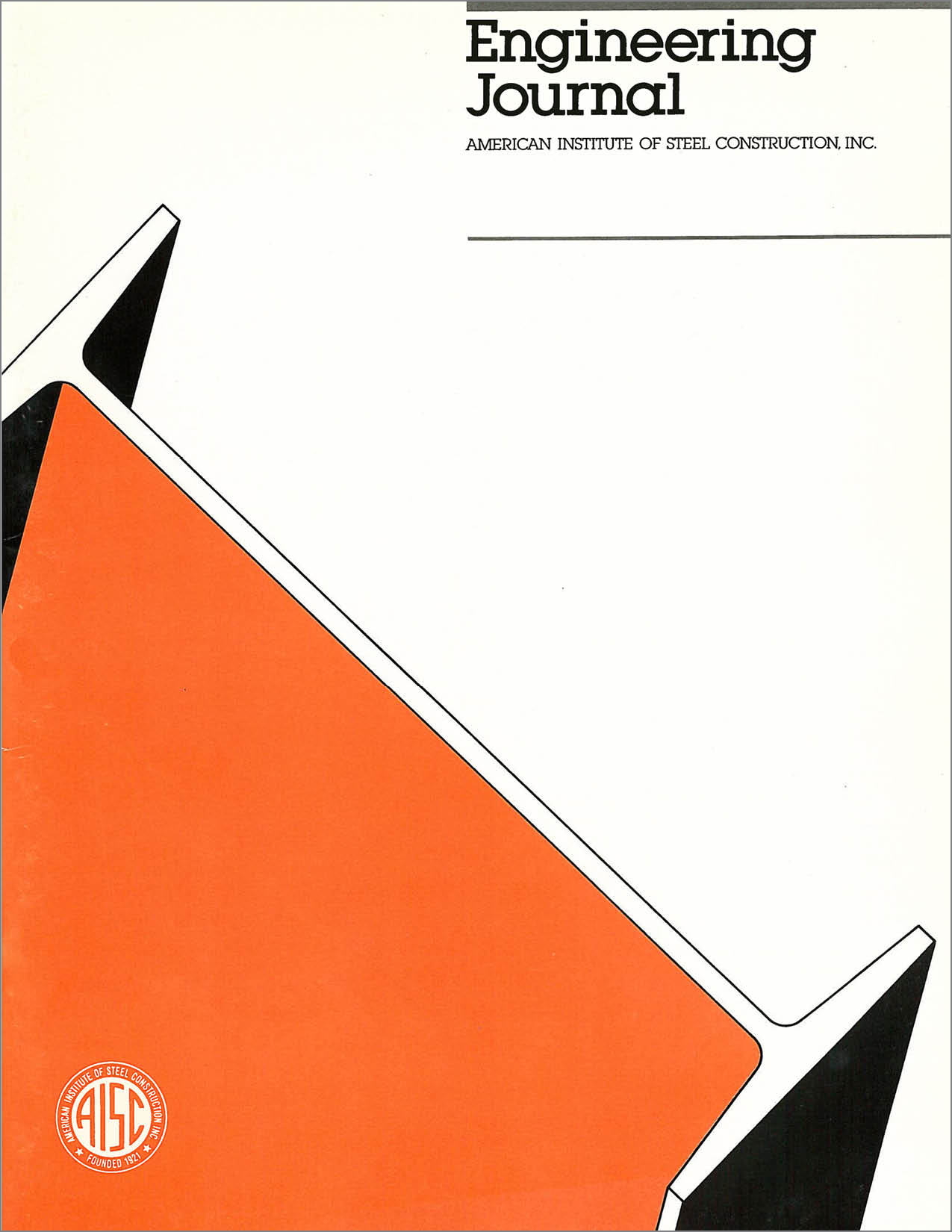Effect of Connector Spacing and Flexural-torsional Buckling on Double-angle Compressive Strength
DOI:
https://doi.org/10.62913/engj.v25i3.503Abstract
The 1986 AISC Load and Resistance Factor Design (LRFD) Specification for Structural Steel Buildings includes new rules affecting the design of built-up members composed of rolled shapes. These rules are based on the result of recent studies which indicate connector spacing has a direct effect on the strength of a built-up member buckling out of the plane separating the individual members; for example, about the Y-Y axis for two back-to-back angles. Various test results have provided the necessary information to develop a formula for a "modified" slenderness ratio. The application of the slenderness ratio is straightforward, as illustrated in the 1st Edition of the Load and Resistance Factor Design Manual of Steel Construction where new design aids are available to assist in determining the number of connectors and the accompanying design strength for double angles. The LRFD Specification also includes formulas for flexural-torsional buckling, which are used to determine the final design strength.

